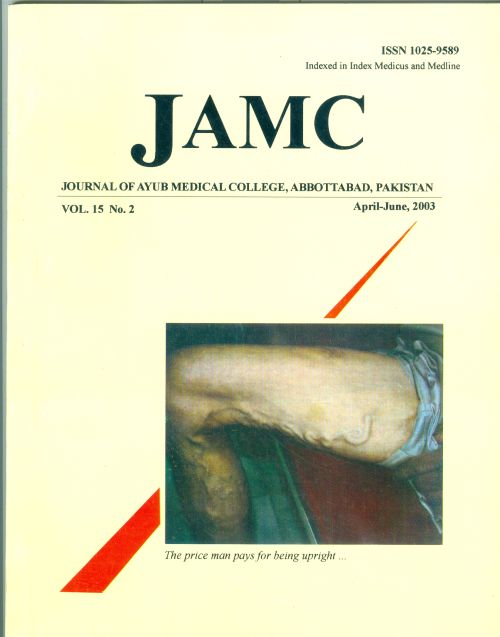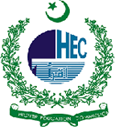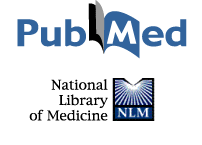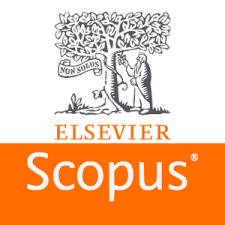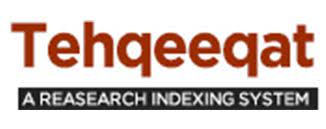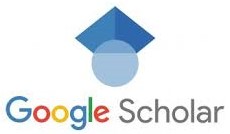MAXILLOFACIAL TRAUMA: CURRENT PRACTICE IN MANAGEMENT AT PAKISTAN INSTITUTE OF MEDICAL SCIENCES
Abstract
Background: This study was carried out to determine the aetiology, pattern and management of maxillofacial injuries at PIMS, Islamabad. Methods: This descriptive study was conducted at Plastic Surgery Department, PIMS Islamabad from 1st February 1998 to 30th April 2002. All the adult patients presenting with maxillofacial injures were included where as patients less than 12 years of age and only facial lacerations were excluded. Similarly isolated nasal bone fractures were also excluded because these patients were routinely managed by ENT department. Age, sex, presentation, aetiology, associated injuries and treatment modalities undertaken in these patients were recorded. RESULTS: In 164 patients 254 fractures were noted. Most were male (86%), ranging in age from 13–71 years with a male to female ratio of 6:1 respectively. The most frequent (48%) cause noticed was road traffic accidents followed by assault. Mandible was the commonest to be involved in such injuries followed by maxilla. Most of the patients (32%) had associated facial injuries. Various treatment modalities were practiced. Conclusion: Maxillofacial fractures should be managed by open reduction and internal fixation as early as possible.Key Words: Maxillofacial, Trauma, Mandible, ManagementReferences
Nayyar MS, Ekanayake MBK. Assessment of maxillofacial injuries. Pakistan Oral Dent J 2001;21:12–8.
Muzaffar K. Management of maxillofacial trauma. AFID Dent J 1998;10:18–21.
Manson PN. Facial injuries. In: McCarthy JG, editor. Plastic Surgery. Philadelphia: W.B. Saunders;1990:867–1141.
Segal Z, Thaller S, Segal A. Facial trauma: zygomatic complex fractures. Emedicine Journal;January 14, 2002. http://www.emedicine.com/face/zygoma.html
Obsorn TE, Bays RA. Pathophysiology and management of gunshot wounds to the face. In: Foscla RJ, Walker PV. Oral and maxillofacial trauma. Philadelphia: WB Saunders 1991:672–721.
Ambreen A, Shah R. Causes of maxillofacial injuries—a three years study. J Surg Pak 2001;6(4):25–7.
Yamaoka M, Furuska K, Fgueshi K. The assessment of fractures of the mandibular condyle by use of computerized tomography: incidence of saggital split fracture. Br J Oral Maxillofac Surg 1994;32:77–9.
Gorgu M, Adanali G, Tuneel A, Senen D, Erdogan B. Airbags and wearing seat belts prevent crush injuries or reduce severity of injury in low-speed traffic accidents. Eur J Plast Surg 2002;25:215–18.
Gratten E, Hoobs JA. Mechanism of injury to the face in road traffic accidents. In: Rome NL, Williams J, eds. Maxillofacial injury. London: Churchill Livingstone;1985:pp 37–74.
Allen MJ, Barens MR, Bodiamala GG. The effect of seat belt legislation on injuries sustained by car occupants. Injury 1985;16:471–3.
Shephered JP. Surgical, socio-economic and forensic aspects of assault; a review. Br J Oral Maxillofac Surg 1989;27:89–98.
Perkins CS, Layton SA. The aetiology of maxillofacial injuries and the seat belt law. Br J Oral Maxillofac Surg 1988;26:353–63.
Zakai MA, Islam T, Memon S, Aleem A. Pattern of maxillofacial injuries received at Abbasi Shaheed Hospital, KMDC, Karachi. Annals Abbasi Shaheed Hosp 2002;7:291–3.
Ugboko VI, Obusanuya SA, Iagade OO. Maxillofacial fractures in a semi urban Nigerain teaching hospital. Int J Oral Maxillofac Surg 1998;27:286–9.
Zachariades N, Papavasilliou D, Papadimetrio I, Koundouris T. Fracture of the facial skeleton in Greece: a retrospective study covering 1791 cases in 10 years. J Maxillofac Surg 1983;11:142–4.
Kim YK, Kim SG. Treatement of mandiibular fractures using bioabsorbable plates. Plast Reconstr Surg 2002;110:25–31.
Issue
Section
License
Journal of Ayub Medical College, Abbottabad is an OPEN ACCESS JOURNAL which means that all content is FREELY available without charge to all users whether registered with the journal or not. The work published by J Ayub Med Coll Abbottabad is licensed and distributed under the creative commons License CC BY ND Attribution-NoDerivs. Material printed in this journal is OPEN to access, and are FREE for use in academic and research work with proper citation. J Ayub Med Coll Abbottabad accepts only original material for publication with the understanding that except for abstracts, no part of the data has been published or will be submitted for publication elsewhere before appearing in J Ayub Med Coll Abbottabad. The Editorial Board of J Ayub Med Coll Abbottabad makes every effort to ensure the accuracy and authenticity of material printed in J Ayub Med Coll Abbottabad. However, conclusions and statements expressed are views of the authors and do not reflect the opinion/policy of J Ayub Med Coll Abbottabad or the Editorial Board.
USERS are allowed to read, download, copy, distribute, print, search, or link to the full texts of the articles, or use them for any other lawful purpose, without asking prior permission from the publisher or the author. This is in accordance with the BOAI definition of open access.
AUTHORS retain the rights of free downloading/unlimited e-print of full text and sharing/disseminating the article without any restriction, by any means including twitter, scholarly collaboration networks such as ResearchGate, Academia.eu, and social media sites such as Twitter, LinkedIn, Google Scholar and any other professional or academic networking site.

